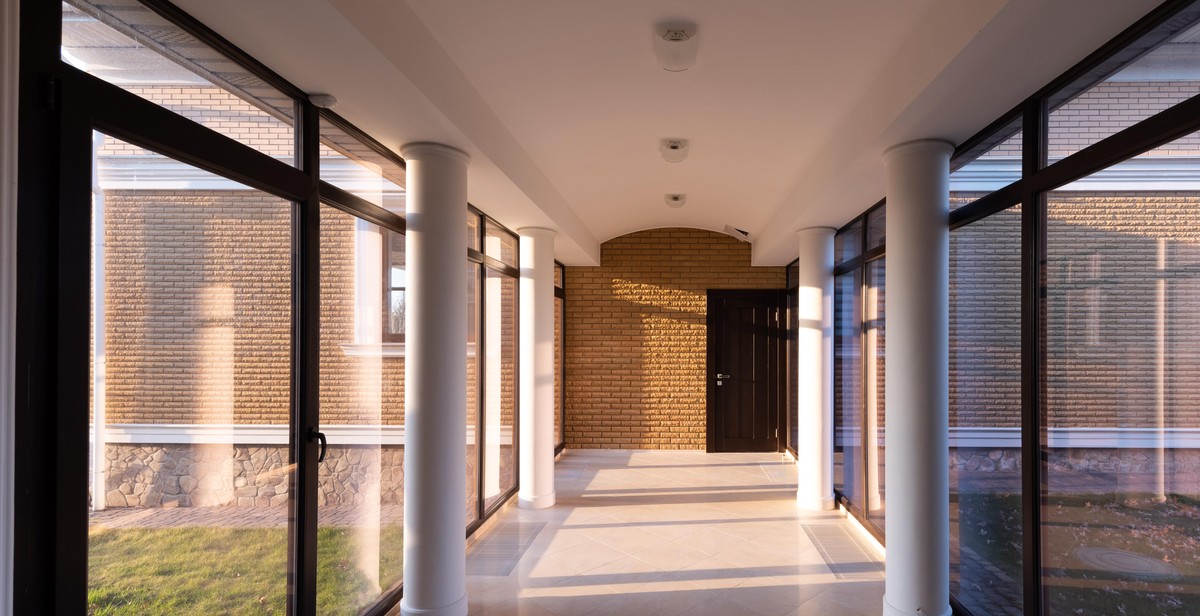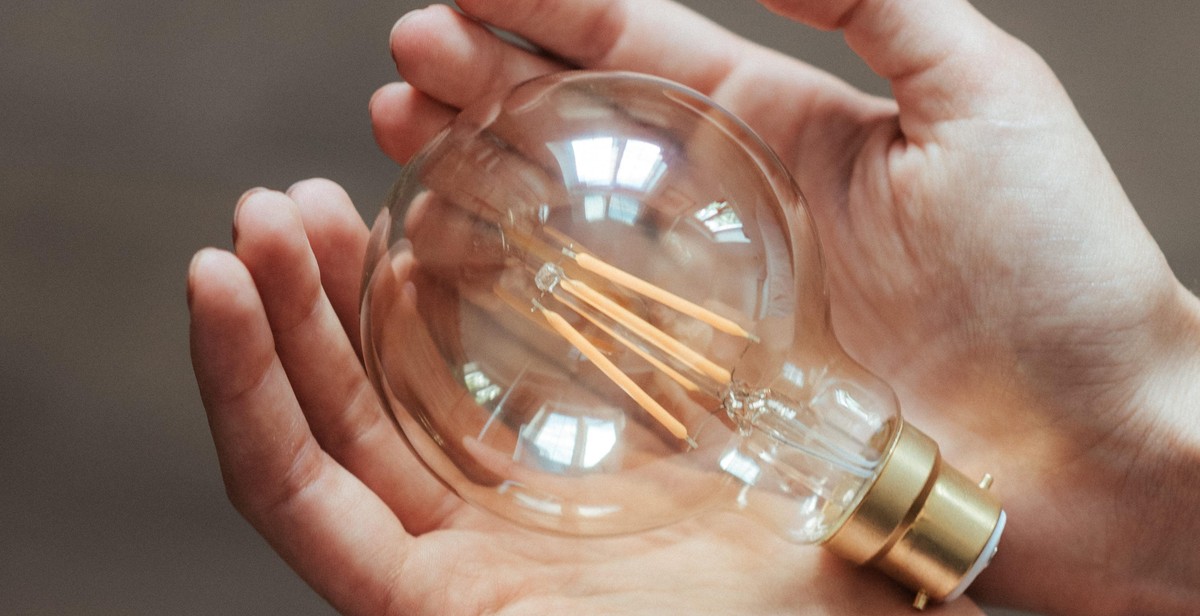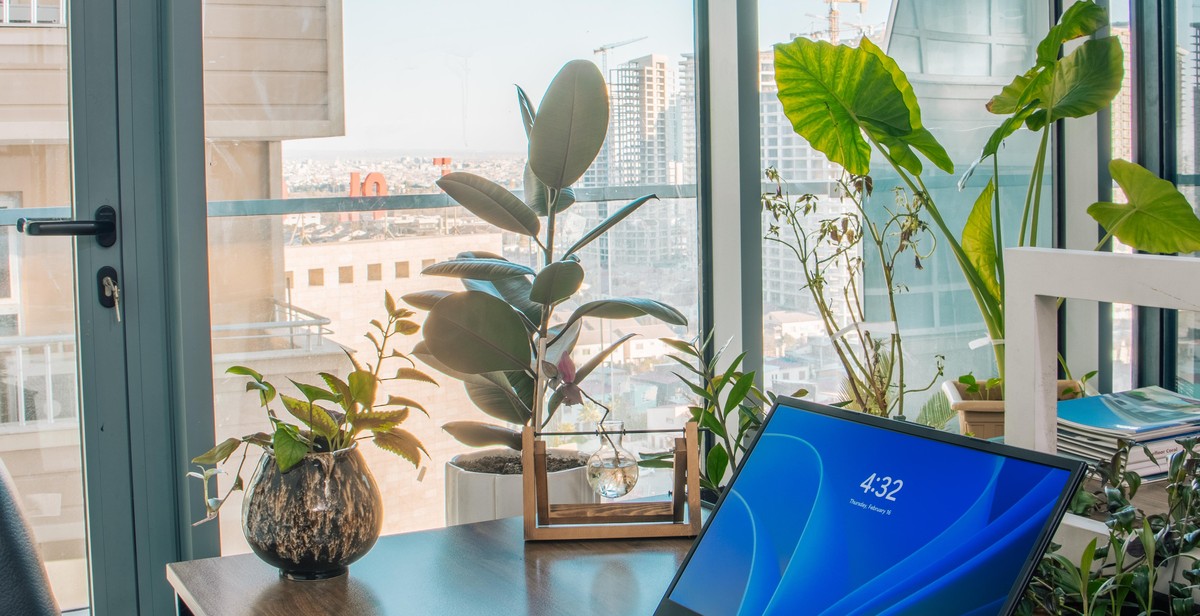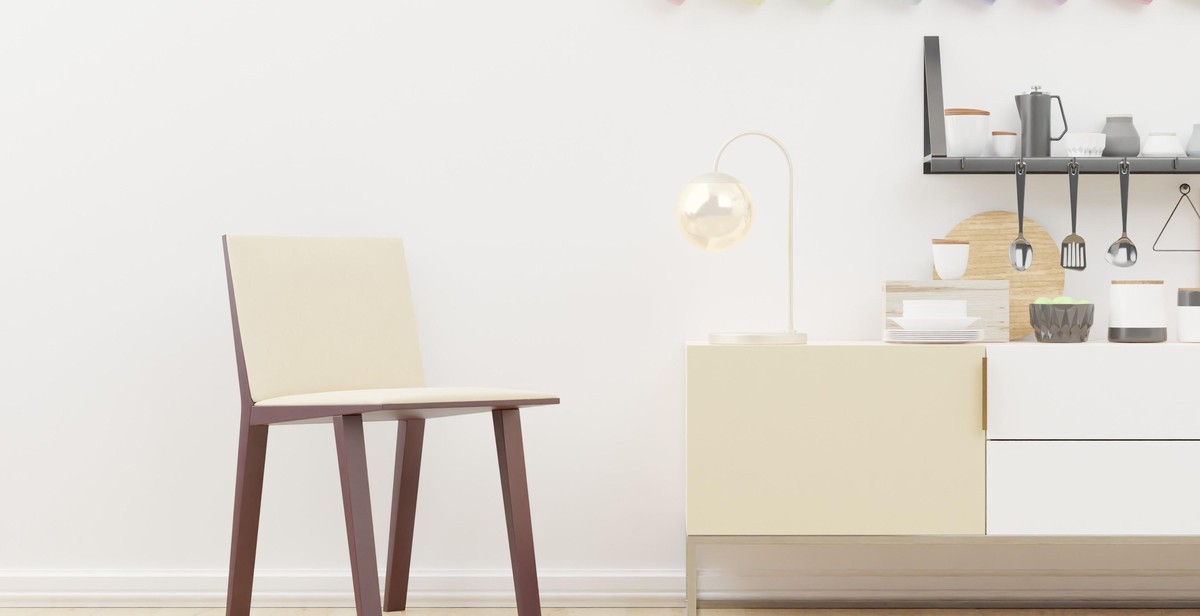Introduction: How to Design a Sustainable Apartment
Designing a sustainable apartment is becoming more and more important as people become increasingly aware of the impact of their lifestyle on the environment. A sustainable apartment is one that is built and designed with materials and methods that have a minimal impact on the environment and are energy-efficient. The use of green building materials and energy-efficient solutions is key to achieving this goal.
Green Building Materials
Green building materials are materials that are sustainable, non-toxic, and have a low carbon footprint. These materials are sourced and manufactured in an environmentally responsible way and are designed to minimize waste and pollution. Some examples of green building materials include bamboo, recycled steel, and reclaimed wood. These materials are not only eco-friendly but also durable and aesthetically pleasing.
Energy-efficient Solutions
Energy-efficient solutions are designed to reduce the amount of energy used in a building, which in turn reduces greenhouse gas emissions and lowers energy bills. Some examples of energy-efficient solutions include insulation, solar panels, and LED lighting. These solutions not only reduce the environmental impact of a building but also create a healthier and more comfortable living space for its occupants.
This article will explore the different types of green building materials and energy-efficient solutions that can be used to design a sustainable apartment. By incorporating these solutions into your apartment design, you can reduce your environmental impact and create a space that is both beautiful and functional.

What is Sustainable Apartment Design?
Sustainable apartment design refers to the use of eco-friendly materials and energy-efficient solutions in the creation and maintenance of apartment buildings. It involves a holistic approach that considers the environmental impact of every aspect of the building, from the construction process to the daily activities of its residents.
Defining Sustainability in Apartment Design
Sustainability in apartment design involves creating living spaces that minimize their impact on the environment. This is achieved by utilizing materials that are renewable, recycled, or locally sourced. It also involves implementing energy-efficient measures such as solar panels, insulation, and low-flow water fixtures to reduce the building’s carbon footprint. Additionally, sustainable apartment design considers the social and economic impact of the building by creating spaces that foster community and promote healthy living.
Importance of Sustainable Apartment Design
Sustainable apartment design has become increasingly important in recent years due to the growing concern over climate change and environmental degradation. By utilizing eco-friendly materials and energy-efficient solutions, sustainable apartments reduce greenhouse gas emissions and conserve natural resources. This not only benefits the environment but also results in lower energy bills for residents and promotes healthier living conditions. Furthermore, sustainable apartment design creates communities that prioritize social and environmental responsibility, resulting in a higher quality of life for its residents.
| Environmental Benefits | Social Benefits | Economic Benefits |
|---|---|---|
| Reduced carbon footprint | Fosters community | Lower energy bills |
| Conserves natural resources | Promotes healthy living | Increased property value |
| Improves air and water quality | Encourages social responsibility | Lower maintenance costs |

Green Building Materials for Sustainable Apartment Design
Bamboo Flooring
Bamboo is a fast-growing, renewable resource that makes an excellent flooring material. It is durable, easy to maintain, and has a natural aesthetic that complements any interior design. Additionally, it is a sustainable alternative to traditional hardwood flooring, as bamboo reaches maturity in just five years, whereas trees used for traditional hardwoods can take up to 20 years to mature.
Recycled Glass Countertops
Recycled glass countertops are an eco-friendly option for apartment design. They are made from post-consumer recycled glass and are available in a variety of colors and styles. Recycled glass countertops are durable, heat-resistant, and easy to clean. They also do not emit any harmful chemicals or VOCs, making them a healthier option for both the environment and the inhabitants of the apartment.
Cork Wall Tiles
Cork is a sustainable and renewable resource that makes an excellent wall covering. Cork wall tiles are made from the bark of the cork oak tree and are available in a variety of colors and styles. They are easy to install, durable, and provide excellent insulation properties. Additionally, cork is hypoallergenic and does not emit any harmful chemicals or VOCs, making it a healthier option for apartment design.
Low VOC Paints
Low VOC (volatile organic compound) paints are a healthier option for apartment design, as they emit fewer harmful chemicals than traditional paints. They are available in a variety of colors and finishes and are just as durable as traditional paints. Additionally, low VOC paints are easy to clean and maintain, making them an excellent choice for sustainable apartment design.
| Green Building Material | Advantages | Disadvantages |
|---|---|---|
| Bamboo Flooring | Renewable resource, durable, easy to maintain, natural aesthetic | May scratch easily, not suitable for high-moisture areas |
| Recycled Glass Countertops | Eco-friendly, durable, heat-resistant, easy to clean | May be expensive, limited color options |
| Cork Wall Tiles | Sustainable, renewable, easy to install, hypoallergenic, excellent insulation | May fade over time, not suitable for high-moisture areas |
| Low VOC Paints | Healthier option, available in a variety of colors and finishes, easy to clean and maintain | May be more expensive than traditional paints |

Energy-Efficient Solutions for Sustainable Apartment Design
When it comes to designing a sustainable apartment, energy-efficient solutions play a crucial role in reducing energy consumption and promoting environmentally-friendly practices. Here are some energy-efficient solutions that can be incorporated into sustainable apartment design:
LED Lighting
LED lighting is an energy-efficient solution that can be used in sustainable apartment design. LED bulbs use up to 80% less energy than traditional incandescent bulbs and last up to 25 times longer. This can result in significant energy savings for apartment residents and building owners. Additionally, LED lighting does not emit heat, making it a safer and more comfortable lighting option.
Smart Thermostats
Smart thermostats are an energy-efficient solution that can help apartment residents save money on their energy bills. These thermostats can be programmed to adjust the temperature based on occupancy and time of day. Additionally, some smart thermostats can be controlled remotely through a smartphone app, allowing residents to adjust the temperature even when they are not home.
Energy Star Appliances
Energy Star appliances are designed to be energy-efficient and can be used in sustainable apartment design. These appliances use up to 50% less energy than traditional appliances, resulting in significant energy savings for apartment residents and building owners. Additionally, Energy Star appliances are designed to be environmentally-friendly, using less water and producing fewer greenhouse gas emissions.
Solar Panels
Solar panels are an increasingly popular energy-efficient solution that can be incorporated into sustainable apartment design. These panels use the power of the sun to generate electricity, reducing the need for traditional energy sources. This can result in significant energy savings for apartment residents and building owners. Additionally, solar panels are environmentally-friendly, producing no greenhouse gas emissions.
By incorporating these energy-efficient solutions into sustainable apartment design, building owners and residents can promote environmentally-friendly practices and reduce energy consumption.

Benefits of Sustainable Apartment Design
Sustainable apartment design offers numerous benefits to both the environment and the occupants of the building. Here are some of the most significant benefits:
Environmental Benefits
- Reduced carbon footprint: Sustainable apartment design reduces the carbon footprint of a building by using energy-efficient solutions and green building materials. This reduces the amount of energy consumed and the greenhouse gas emissions released into the atmosphere.
- Conservation of natural resources: Sustainable apartment design promotes the conservation of natural resources by using materials and systems that are renewable, recyclable, and non-toxic. This reduces the depletion of natural resources and minimizes the negative impact on ecosystems.
- Improved air and water quality: Sustainable apartment design improves indoor air quality by using materials that do not emit harmful chemicals and by providing adequate ventilation. It also promotes better water quality by using water-efficient fixtures and systems that reduce water consumption and prevent contamination of water sources.
Economic Benefits
- Lower operating costs: Sustainable apartment design reduces operating costs by using energy-efficient solutions and green building materials. This results in lower utility bills and maintenance costs over the life of the building.
- Increased property value: Sustainable apartment design increases the value of a property by making it more attractive to tenants and buyers who value sustainability. This can result in higher rents and resale values.
- Government incentives: Sustainable apartment design may qualify for government incentives and tax credits that can offset the cost of green building materials and energy-efficient solutions.
Health Benefits
- Improved indoor air quality: Sustainable apartment design promotes better indoor air quality by using materials that do not emit harmful chemicals and by providing adequate ventilation. This can reduce respiratory problems and allergies.
- Reduced exposure to toxins: Sustainable apartment design reduces exposure to toxins by using materials and systems that are non-toxic and by promoting the use of natural light and ventilation.
- Enhanced comfort: Sustainable apartment design enhances occupant comfort by providing a healthier and more comfortable indoor environment. This can result in better productivity and reduced absenteeism.
| Environmental Benefits | Economic Benefits | Health Benefits |
| Reduced carbon footprint | Lower operating costs | Improved indoor air quality |
| Conservation of natural resources | Increased property value | Reduced exposure to toxins |
| Improved air and water quality | Government incentives | Enhanced comfort |

Conclusion
Designing a sustainable apartment is a crucial step towards reducing the carbon footprint and promoting a healthier environment. By incorporating green building materials and energy-efficient solutions, you can significantly reduce energy consumption, lower utility bills, and create a comfortable living space that is both eco-friendly and stylish.
Key Takeaways
- Green building materials are made from renewable resources and have a lower impact on the environment.
- Energy-efficient solutions like LED lighting, smart thermostats, and energy-star appliances can significantly reduce energy consumption.
- Proper insulation and sealing can prevent heat loss and reduce the need for heating and cooling.
- Water-saving fixtures like low-flow toilets and showerheads can significantly reduce water consumption.
The Benefits of Sustainable Design
Designing a sustainable apartment has numerous benefits, including:
| Benefits | Description |
|---|---|
| Lower utility bills | Energy-efficient solutions can significantly reduce energy consumption and lower utility bills. |
| Improved indoor air quality | Green building materials are free from harmful chemicals and promote better indoor air quality. |
| Reduced carbon footprint | Sustainable design reduces the amount of energy and resources required to maintain a comfortable living space, resulting in a lower carbon footprint. |
By implementing sustainable design practices, you can create a comfortable living space that is both eco-friendly and cost-effective. So, start your journey towards sustainability today and make a positive impact on the environment.
